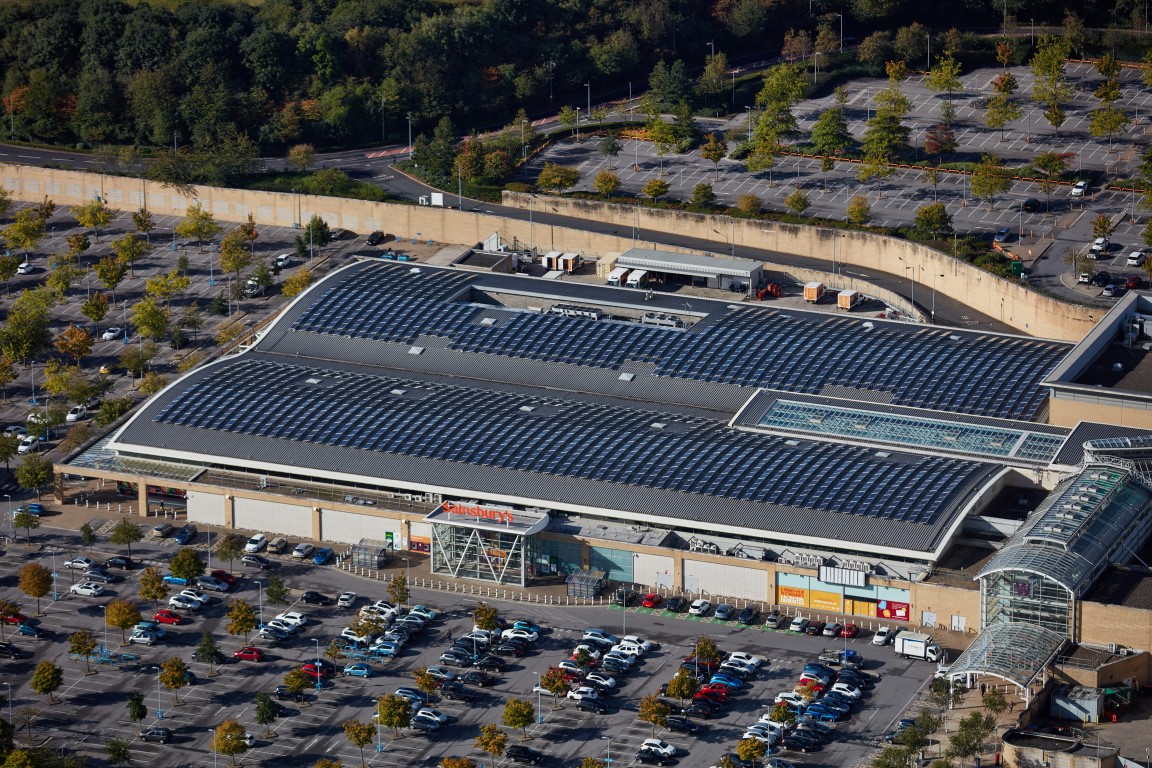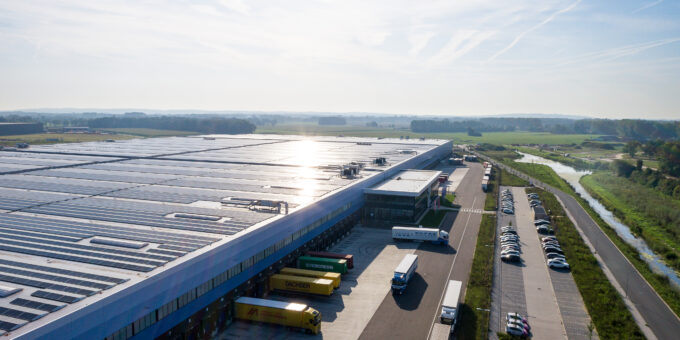When it comes to sustainability and carbon reduction, the significance of occupier engagement cannot be overstated. As we strive towards more low carbon investments, it becomes increasingly evident that in order to achieve sustainability goals, collaboration with the occupiers is an essential part of the puzzle. However, what impact does occupier engagement have on low carbon investments? Let’s dig into it and unveil the underlying dynamics.
Understanding occupier engagement
The average use stage for a commercial building is typically 60-80 years which is the longest timeframe section in a building lifecycle. In this period, the occupiers and landlords heavily influence the carbon reductions through technologies, maintenance strategies and behaviour in relation to energy waste.
Engaging occupiers allows for a better understanding of their needs and priorities, which can inform investment decisions aimed at reducing carbon emissions. By involving occupiers in sustainability initiatives, property owners can achieve greater buy-in and support, leading to more successful and impactful low carbon investment.
What’s in it for investors?
For investors, engaging occupiers in low carbon investments present several benefits. Firstly, it enhances asset value and marketability by demonstrating a commitment to sustainability, which is increasingly important to tenants and investors alike.
Secondly, it reduces operational cost through energy efficiency measures, thereby improving cash flow overall returns.
Additionally, it migrates risk associated with regulatory changes and climate- related impacts, safeguarding long-term investment performance. Furthermore, occupier engagement fosters tenant satisfaction and retention, reducing vacancy rates and enhancing income stability. Ultimately, by prioritizing occupier engagement in low carbon investments, investors can achieve both financial success and positive environmental impact.
Case Studies:
Several case studies illustrate the transformative power of occupier engagement in low carbon investments:
- The crystal: It’s Europe’s first BREEAM Outstanding and LEED Platinum building. It incorporates various low caron technologies and occupier engagement strategies to achieve its sustainability goals. Occupants are provided with real-time energy consumption data and have access to green amenities, such as bicycle storage and electric vehicle charging stations. As a result, the crystal has achieved significant reductions in energy consumption and carbon emissions. https://news.siemens.co.uk/news/siemens-opens-the-crystal-in-london
- Landsec: Throughout a course of 2 years, Landsec increased their occupier engagement, and within this time, they saw a whopping 10-20% energy saving! Their strategy included building management system optimisation, conducting data analysis and empowering occupiers to improve their habits while using the building to promote energy efficiency. https://www.betterbuildingspartnership.co.uk/landsec-collaborating-office-occupiers-deliver-energy-and-carbon-reductions
- The cube competition: 30% of energy used in commercial buildings is wasted. The CUBE competition is an EU-wide competition which focuses on delivering energy savings in commercial buildings by through gamification. The aim of the game is to drastically reduce energy consumption without significant expenditure. In the 2022/23 round of the CUBE competition, there was an estimated £8million savings across 30 buildings due to a 31GWh energy reduction - Enough to power London's underground and overground rail networks for almost a week. Further case studies can be found below https://www.cubecompetition.co.uk/thetootalbuilding
Actions to engage occupiers
Derwent London shared these informed insights based on their Net Zero Carbon Occupier Survey:
- You can’t manage what you don’t measure: Get in touch with sustainability professionals in order to understand ideal reporting systems and to figure out where the responsibility lies for scopes 1,2, and 3. Set achievable goals accordingly.
- Improve behaviour: Engage and educate employees from all departments and integrate carbon reduction measures into daily workplace activities. They should also be encouraged to empower occupiers by giving environmentally friendly tips.
- Operations: Give the occupiers a space where their voices can be heard so they can understand and participate in influencing carbon reduction
In conclusion, occupier engagement proves to be indispensable when it comes to low carbon investments. Through collaborative efforts, property owners stand to gain many benefits such as increased asset value, reduced operational costs as seen in the CUBE competition case studies, and mitigated risks. Landsec and The Crystal highlight the tangible benefits achievable through such strategies. Prioritising occupier engagement not only yields financial gains but also results in a lasting positive impact.
Other sources
https://eventcomm.com/projects/the-crystal-a-sustainable-cities-initiative-by-siemens






